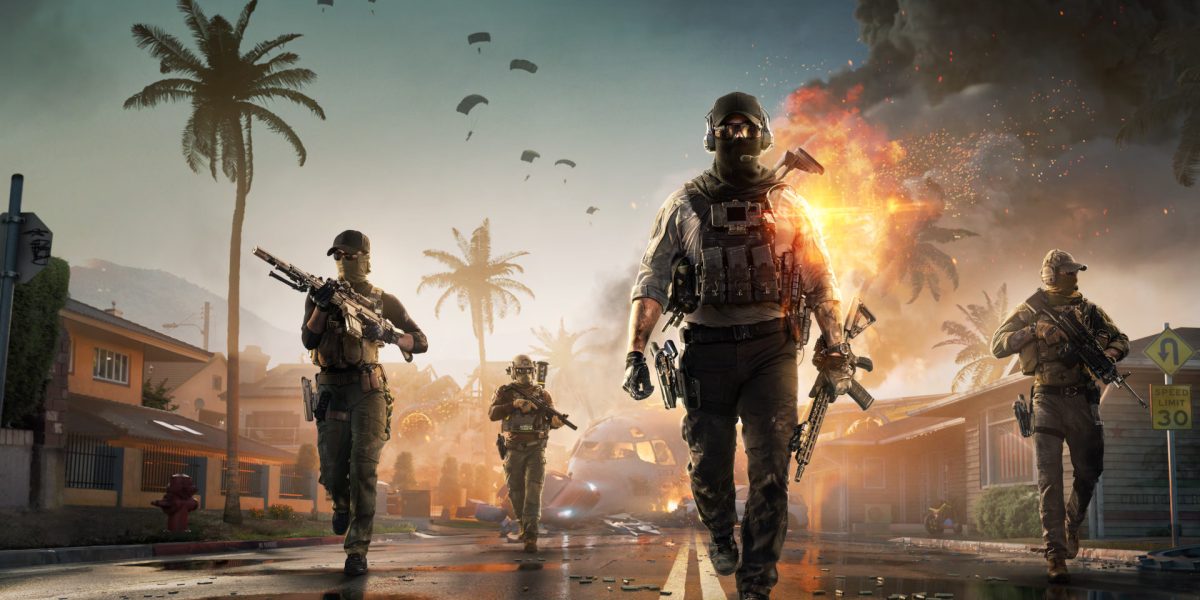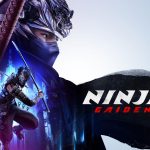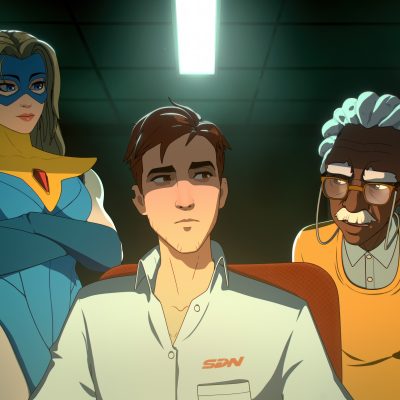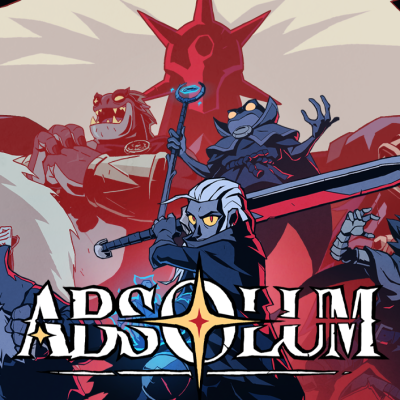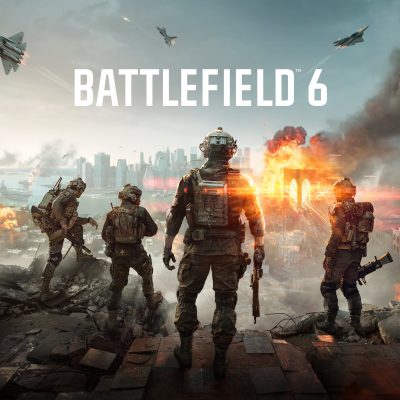Battlefield has always been about big battles and big shows. RedSec tries to put both of these things into a modern live-service shell. It’s a three-part package: a traditional Battle Royale mode including Duos and Squads at launch, the more experimental Gauntlet – a round-based, squad versus squad elimination around different objectives and access to Portal, Battlefield’s community playground for custom rule sets. Fort Lyndon is a huge testing area with concrete grids and wooded skirts that Battlefield’s signature destruction is meant to literally tear apart. It’s free to play, easy to find, and marketed as a “destination” where you can go even if you don’t own BF6.
On paper, RedSec’s Battle Royale does a great job of meeting the requirements of the genre. Drop, search, and stay alive. The ring is the big twist: instead of a shrinking gas cloud or energy dome, it closes with roaring flame walls that feel instantly deadly and look dramatic, adding to Battlefield’s chaotic identity during late-game rotations. Remember Firestorm from Battlefield V? It’s exactly like that.
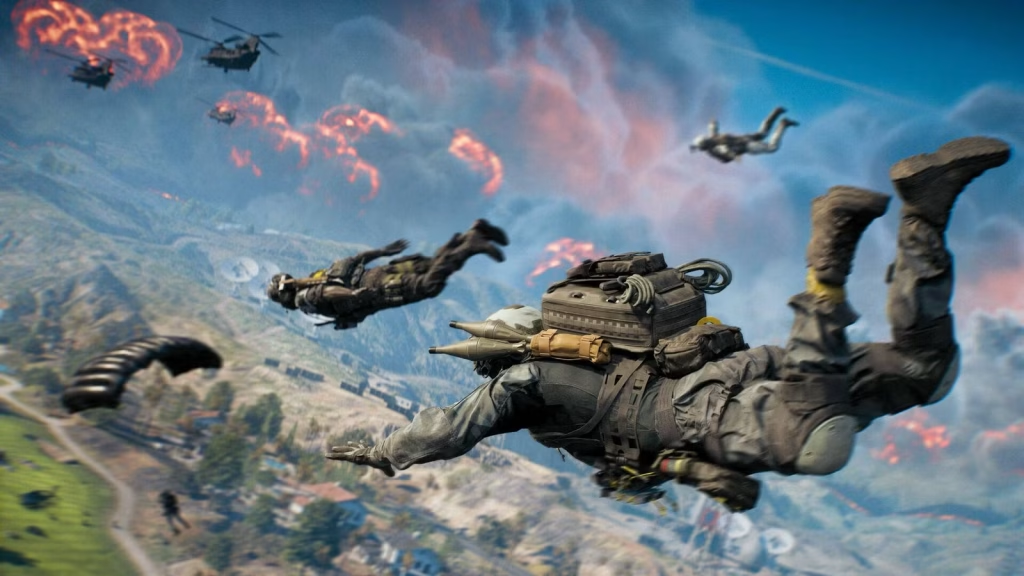
The inventory is easier to use because there are fewer hatch openings and more fights. Vehicles are also well-tuned; tanks are especially fun to get and scary to fight, but their frequency and impact have sparked a lot of discussion in the community. Duos is more tense and tight, while Quads is the party mode where Battlefield’s audio-visual slam turns every block into a scene from a modern warfare play. At the surface, the battle royale looks good and fast-paced, but it’s too similar to Warzone and Apex in how it structures flow and side-objectives and even more aspects.
RedSec is most confident at the Gauntlet; Gauntlet teaches you RedSec’s fundamentals while giving you quick, easy-to-understand crescendos by breaking up BR-style chaos into fast, goal-driven rounds like hack the relay, hold the uplink, and deliver the payload. It also serves as a skill onboarding lane: if you haven’t played shooters in a while, Gauntlet is a better way to learn about sightlines, recoil, gadgets, and the new traversal rhythms before you play a full BR match. This focus on design comes up again and again in early coverage and community discussions, where Gauntlet is praised as a smart “bridge” between casual and hardcore play. Personally I enjoyed Gauntlet more than BR with my friends.
In terms of recoil, gunplay,, and movement, RedSec feels a lot like Battlefield 6. The movement is somewhere between military simulation and arcade. Destruction is still a part of the game; knocking out stairwells, peeling facade panels to make sightlines, or pancaking soft cover with a tank shell still makes those only-in-Battlefield swings. Even people who don’t like BR as a genre usually agree that RedSec’s FPS basics are solid. Where the conversation gets thorny is identity: while you can feel the Battlefield DNA, it just doesn’t click. RedSec still feels like a good copy, not yet a defining original.
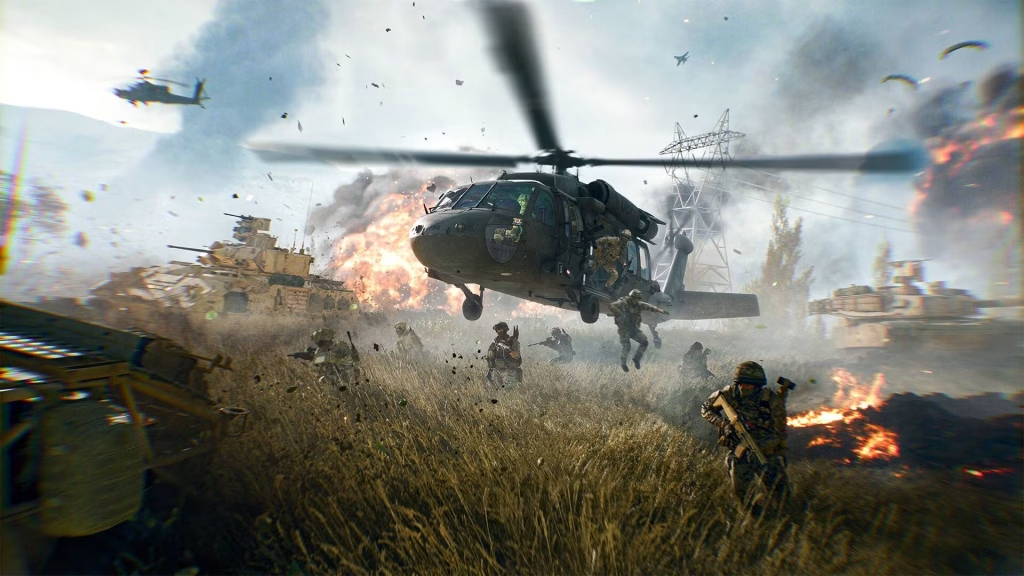
Fort Lyndon’s layout tells you a lot about RedSec’s intentions. There’s a deliberate mix of industrial grids, mid-rise labs, rail yards, and rural buffer zones that invite combined-arms play. The sightline density makes cross-fire and flanking more likely than camping. The verticality is low but useful, and the map’s destruction budget lets teams carve out big routes late in a match. The flip side is visual identity: some may find Fort Lyndon bland, short on the quirky landmarks that makes a map instantly memorable. If you crave Sanhok-style jungle chaos or Verdansk-like iconography, you might find Lyndon a little utilitarian.
Vehicles, airstrikes, and the rhythm of power spikes are some of the first things that cause problems. Tanks are too easy to use because of their power ceiling, especially in Duos, and airstrikes can stack up and feel spammy during mid-circle collapses. There is counter-play (coordinated RPGs can quickly destroy armor in Quads), but what people think matters; if a flow seems unfair, it is unfair until tuning or UI clarity shows otherwise. These aren’t deal-breakers; they’re more like tuning targets for live service. To DICE’s credit, the studio has already shown that it is willing to patch aggressively when telemetry shows outliers in BF6.
Progression friction is where RedsSec has trouble. The Battle Pass cosmetics are disappointing, and the early challenge structure, which was the same as BF6’s, was too grindy and strict, forcing players to play modes they didn’t want to in order to keep up. That generated a lot of negative sentiment at launch, compounded by tracking bugs for dailies and assignments. A big update on November 5 changed the challenge system in more than 90 ways, making it easier to reach goals and more in line with how people really play. Progress was retroactive, so a lot of players logged in to find that their tasks had been automatically completed under the new limits. It’s not a magic wand , but it’s a clear quality-of-life win and demonstrates responsiveness to feedback.
In terms of quality, RedSec can be anywhere from solid to bad. It usually keeps frame pacing well on strong rigs and current-gen consoles, but opinions are mixed: people keep reporting stuttering, audio desync, looting problems, and bugs with assignment tracking in discussion threads and user reviews. Reddit roundups have gone back and forth between “surprisingly fun” and “rough edges everywhere,” often in the same comment thread. There is also a meta-narrative at work: some of the negativity is less about RedSec and more about where the franchise is going (for example, BR promotion inside BF6, how unlocks are gated, and whether resources should have gone to core multiplayer maps). None of that makes specific complaints less valid, but it does put them in context.

On PC and current consoles, performance is strong. Frame pacing holds up in big brawls and during building collapses. Netcode felt stable across most sessions. I ran into a few minor issues: footstep sounds that got muddy through soft cover, two UI overlaps after quick Gauntlet queues, and one deathcam that didn’t match the killfeed. None were deal breakers. Accessibility is respectable. Subtitles are adjustable, color-blind filters are here, and motion options help with comfort. Controller tuning feels deliberate, and vehicle handling avoids the “theme park ride” problem.
RedSec constantly asks small but meaningful questions. Which wall do you remove to change the angle? Do you spend plates now to win the stairwell or reset for the final push? Do you cross the open and risk a vehicle, or breach through a loud corridor to avoid snipers? These choices reward squads that plan two moves ahead. That is classic Battlefield design applied to a BR format, and it elevates the average fight. When RedSec flows, it flows hard: breach, clear, rotate, hold. No fluff, no stall.
If you love high-mobility hero shooters, Redsec won’t replace your main. Its fantasy is grounded. If you prefer heavy gunplay, team structure, and fights shaped by the environment, Redsec is already easy to recommend. Versus Warzone, it’s cleaner in endgame flow and more deliberate with vehicles. Versus Apex, it trades movement tech for map control and coordinated breaches. The overlap is positive, but distinctiveness will decide whether players stick around for months, not weeks.

What Needs Work
Footstep audio needs a pass, especially through vertical layers and soft cover. Gauntlet would benefit from more mission tiles and a light mastery path beyond cosmetics. The UI should be more robust after fast queue swaps. Challenge tracking could be clearer in the menus. And the live-service layer Battle Pass, shop, seasonal events—needs stronger taste. Give us braver silhouettes, cleaner themes, and mid-season moments that feel like statements, not checklists.
Verdict
Battlefield RedSec is a smart, confident BR that respects your time and rewards good teamwork. The gunplay is crisp, destruction is a real tactic, and the circle keeps matches decisive. It plays great right now. It just needs a stronger voice—bolder aesthetics, sharper events, and a map theme you can picture when you close your eyes. As it stands: easy to recommend if you have a squad and like disciplined, destructible firefights. With one brave season, it could move from excellent option to must-play.



